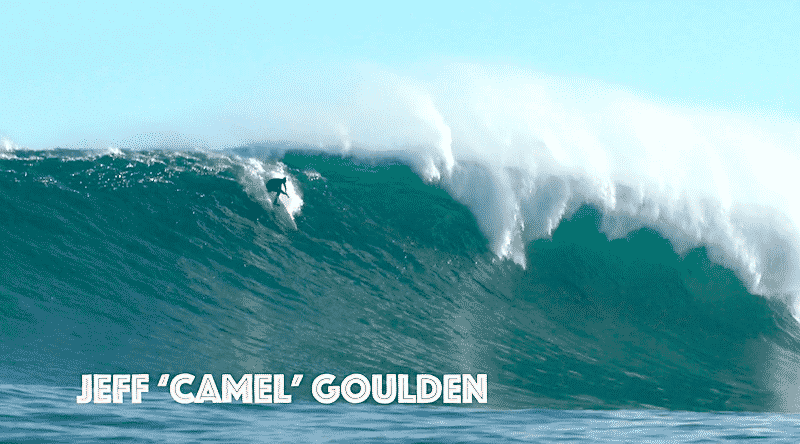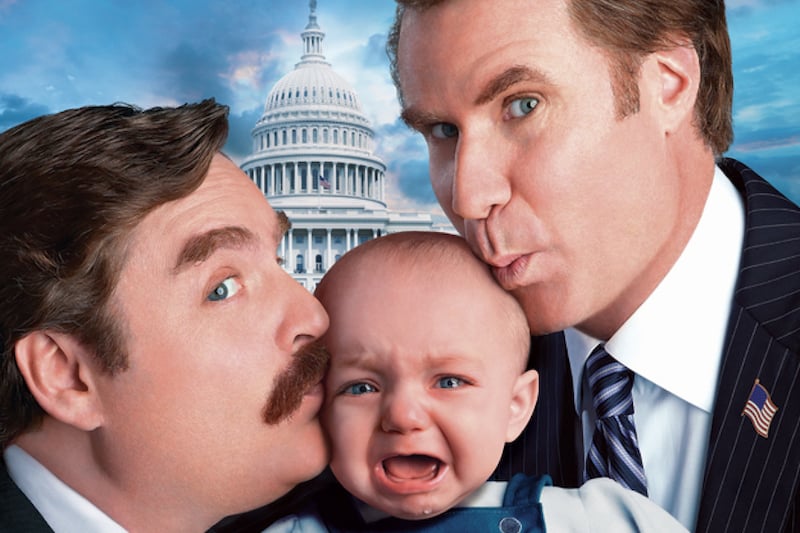The existential question at the heart of Outdated Children.
An interesting development in the last year with the cancellation of the WSL CT tour has been the emergence of what I call Non-CT ripping to fill the vacuum created in the surfing media landscape.
This phenomenon, if we agree on that basic premise, makes Mick Waters’ film Outdated Children a more mandatory watch then it was a year ago when the film was released.
It’s an antidote to the WSL, not quite a throwback but a realistic counter-factual to the question: how might surfing have evolved or how might it be now if the WSL, nee ASP, nee IPS had never existed, or if it was to go the way of the Dodo.
It’s soul porn set primarily in the Southern Ocean and I certainly don’t intend any derogatory meaning in that.
How much of a life devoted to surfing is praiseworthy and how much is running away?
That’s the existential question at the heart of Outdated Children. I fall heavily on the side of the filmmaker who declares his position by placing at the beginning of the film a quote from Wayne Lynch who declares surfing a “wonderful way to grow old; a way to stay childlike without being childish”.
Partners of surfers may have a different view, of course.
To answer that central question, Waters presents a series of vignettes of surfers who have stayed the course and have (mostly) got an act on dry land. We won’t spoil the film by detailing them all; just discuss a few who exemplify the main theme.
Glen Casey brought the Patagonia franchise to Australia, helped save forest in the Otways and built himself a timber cabin in the woods. He’s also late fifties, raising a kid, two hip replacements in and shredding.
How old can you be and still get properly barrelled? Still throw proper buckets?
We probably won’t know the upper limit to that until Kelly kicks the bucket but late fifties, sixties is now looking grand if you can keep yourself near the beach.
Case kicks it hard on a 6’9” Maurice Cole Metro which shows if you can fuck pride before it fucks you and get on decent equipment there are many happy days ahead. I rang Case to confirm the board and he’d just got out of the water at the Point, riding a 7’10” mid-length twin, which I think we should not hold against him.
Beach clean-ups in remote south-west Tasmania, much non-CT shredding, tales of derring do at Shipsterns, a wonderful sequence of no name Sandy Ryan who hikes in to paddle surf all day.
It’s all gloriously hard core.
I was shocked to see in the film, living a Thoreau-ean dream on the edge of Tasmania, a guy who I used to share a hovel with on the Goldy and get on the end of many Orchy bottles with, they may have been dual paw paw stems in a beer bottle.
Addy Jones is making surfboards from entirely recycled materials, getting the job done in the vegie garden and nursing baby wombats back to health. I always knew him as a very loose cat but to see him walking the walk like that bought up many conflicting thoughts.
How the fuck is an environmental vandal like Kelly Slater being lauded while the real deal is there doing it in plain sight?
Kudos to Mick Waters for putting Addy’s story out there.
Many different varieties of whip ridden in the fillum. My personal fav was Heath Joske on a single fin shredding solid lefts and a single fin gun at a triple OH bommie off the southern Australian coastline.
In my favourite sequence of the movie, desert rat Geoff “Camel” Goulden rides a variety of high volume guns* at various slab reefs, outer bommies and north-west reefs. There will be mixed opinions on Camel, summed up perhaps by his cryptic statement in reference to surfing being the best and that “he had tried other stuff”.
Camel is the antipodean and less articulate Miki Dora of the times. His sequence, in my opinion, elevates the film to a must watch.
Outdated Children left a slightly odd taste in my mouth.
After watching these southern men, and women build houses, tend vegie gardens, wrangle White shark-infested slabs in the (successful) pursuit of pure fun, and something far more intense than that a tangled mix of emotions wrestled for dominance.
I felt like a loser, a jerk, a hillbilly, a wastrel, a dilettante.
A voice inside me said “you should be doing this. Cuddling baby wombats, planting olive trees and taking on that wild Southern Ocean”.
More than anything, it reminded me of the classic closing line in Rainer Maria Rilke’s poem Torso of an Archaic Apollo whereby the protagonist of the poem upon viewing the statue is exhorted “You must change your life”.
Mick Waters did.
Packed up the family, took ’em on the road around the Island continent, built himself a shack on Tassie. Divides his time between there and the North Coast. This film is the flourishing and the fruit of that labour and that decision. It wasn’t easy. Southern folk don’t always appreciate the moving picture.
Mick shot some of it hiding in a blanket in the back of a Landy.
Nothing is named, nothing is blown out, ratted on. It’s just the Southern Ocean, maybe the most VAL-unfriendly place on earth. At least as well known for its submarine size sharks as its backpacker serial killers.
A heaven worth protecting. Too hard-core for me, though.
Whats your vice(s)? Mine are strictly norm-core. Prawn and garlic pies from the servo, mid-strengths from Four Pines brewery. For less than two prawn and garlic pies, which I believe to be the greatest thing ever invented, I can rent Outdated Children.
Take your time with it. It rewards the rewatch in the same way watching Curren’s film did.
You must change your life.
You probably won’t though, so, like me watch the film and live vicariously through those who did.
Rent or buy Outdated Children via Vimeo here.
*Mostly the Webster Desert Storm, review to come.








